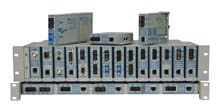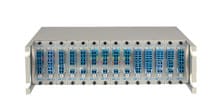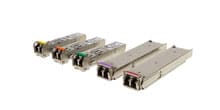- Products
- PoE Media Converters and Switches
- Ethernet & PoE Switches Product Selector
- Multi-Gigabit Ethernet and PoE Switches
- PoE PSE Commercial Switches
- PoE PSE Industrial Fiber Switches
- PoE Industrial Copper Extenders
- PoE Powered Media Converters
- PoE PSE Media Converters
- PoE Extenders & Injectors Product Selector
- Pluggable Transceivers Product Selector
- Single Pair PoE Products
- Product Lines
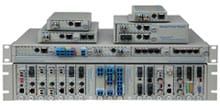
- iConverter Managed Multi-service Platform
- Copper to Fiber Media Converters
- Ethernet Media Converters
- 10 Gigabit Copper-to-Fiber
- 10/100/1000 Copper to 10 Gigabit Fiber
- 10/100/1000 Copper-to-Fiber with Integrated Management
- 10/100/1000 Industrial Copper-to-Fiber with Integrated Management
- 10/100/1000 Copper-to-Fiber with VLAN
- 10/100/1000 Dual Media Converter with VLAN
- Gigabit Copper-to-Fiber
- 10/100 Copper-to-Fiber with Integrated Management
- 10/100 Industrial Copper-to-Fiber with Integrated Management
- 10/100 Copper-to-Fiber with VLAN
- 10/100 Copper-to-Fiber
- Fast Ethernet Copper-to-Fiber
- Fast Ethernet Redundant Links
- 10Mbps Copper-to-Fiber
- 10Mbps Copper to Coax
- TDM Media Converters
- Serial Media Converters
- Ethernet Media Converters
- Fiber to Fiber Media Converters
- 10 Gigabit Fiber-to-Fiber Converter and Transponder
- 10 Gigabit Industrial Converter and Transponder
- SFP-to-SFP Fiber Converter and Transponder
- SFP-to-SFP Industrial Fiber Converter and Transponder
- Gigabit Fiber to-Fiber with 3 Rs
- 100/1000 Fiber-to-Fiber with 3 Rs
- Gigabit Fiber-to-Fiber
- Fast Ethernet Fiber-to-Fiber with 3 Rs
- Fast Ethernet Fiber-to-Fiber
- OC-3/STM-1 Fiber-to-Fiber
- OC-12/STM-4 Fiber-to-Fiber
- Carrier Ethernet Network Interface Devices
- CE 2.0 - 10G Demarcation NID
- CE 2.0 - 10/100/1000 Mult-port NID
- CE 2.0 - 10/100/1000 Mult-port NID with PoE
- CE 2.0 - 10/100/1000 8-Port NID
- CE 1.0 Service OAM - 10/100/1000 NID
- CE 1.0 Link OAM - 10/100/1000 Copper-to-Fiber NID
- CE 1.0 Link OAM - 10/100 Copper-to-Fiber NID
- CE 1.0 Link OAM - Gigabit Fiber-to-Fiber NID
- CE 1.0 Link OAM - Fast Ethernet Fiber-to-Fiber NID
- CWDM Multiplexers
- T1/E1 Multiplexers
- Ethernet Switch Modules
- Management System
- Chassis Options

- 1-Module Industrial Chassis
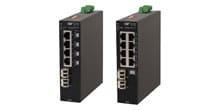
- RuggedNet Industrial Switches and Extenders
- Industrial PoE PSE Fiber Switches
- Multi-Gigabit Managed Industrial PoE+/BT Switches
- Multi-Gigabit Unmanaged Industrial PoE+/BT Switches
- 10G Managed 802.3bt PoE Switches
- 10G Unmanaged 802.3bt PoE Switches
- 10G Managed PoE+ Switches
- 10G Unmanaged PoE+ Switches
- 1G Managed PoE+ Switches
- 1G Unmanaged PoE+ Switches
- 1G Unmanaged 802.3bt PoE Switches
- 1G Managed 802.3bt PoE Switches
- Industrial SPE Switches
- Industrial Ethernet Switches
- Industrial PoE Copper Extenders
- Industrial Power Supplies

- OmniConverter Media Converter, Switches and Extenders
- PoE PSE Media Converters
- 10G Multi-Gigabit / Multi-Rate PoE Media Converter
- 10G Multi-Gigabit / Multi-Rate Media Converter
- 10/100 Multi-port PoE+ Media Converter
- 10/100 PoE+ Media Converter
- 10/100/1000 Multi-Port PoE+ Media Converter
- Industrial 10/100/1000 Multi-Port PoE+ Media Converter
- 10/100/1000 PoE+ Media Converter
- 10/100/1000 PoE++ 60W-100W Media Converter
- Industrial 10/100 Multi-port PoE+ Media Converter
- 1U Rack-Mount Shelf
- PoE PSE Compact Switches
- Multi-Gigabit Managed PoE+/BT Switches
- Multi-Gigabit Unmanaged PoE+/BT Switches
- 10G Managed 802.3bt PoE Switches
- 10G Unmanaged 802.3bt PoE Switches
- 10G Managed PoE+ Switches
- 10G Unmanaged PoE+ Switches
- 1G Managed PoE+ Switches
- 1G Unmanaged PoE+ Switches
- 1G Managed 802.3bt PoE Switches
- 1G Unmanaged 802.3bt PoE Switches
- Ethernet Switches
- Single Pair Ethernet (SPE)
- PoE Copper Extenders
- PoE Injectors
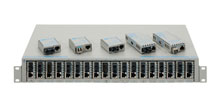
- miConverter Unmanaged Miniature Media Converters
- 10/100/1000 Copper-to-Fiber
- Industrial 10/100/1000 Copper-to-Fiber
- 10/100/1000 Ultra-Compact Copper-to-Fiber
- Gigabit Copper-to-Fiber
- 10/100/1000 Copper-to-Fiber PoE Powered
- 10/100 Copper-to-Fiber
- 10/100 Ultra-Compact Copper-to-Fiber
- 10/100 Copper-to-Fiber PoE Powered
- 18-Module Chassis
- Industrial 10/100 Copper-to-Fiber PoE Powered
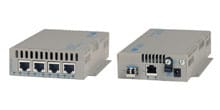
- FlexSwitch Compact Switches
- Solutions
- Company
- Support
- How to Buy
Top 5 Use Cases for PoE (Power over Ethernet) in 2025

In today’s fast-paced digital landscape, businesses are constantly looking for ways to streamline operations, reduce infrastructure costs, and support the growing number of connected devices. Power over Ethernet (PoE) has emerged as a crucial technology to make all that possible. In 2025, its relevance continues to grow, especially for businesses aiming to build smarter, more scalable networks without adding complexity.
At Omnitron Systems, we specialize in delivering dependable PoE solutions designed to support a wide range of applications across industries. Whether you’re working on smart buildings, surveillance systems, or advanced networking, PoE can simplify your deployment and improve efficiency, while saving you money.
This article highlights the top five real-world use cases for PoE in 2025, backed by the trends we’re seeing across the industries we serve. Each example shows how PoE not only solves problems but also creates new opportunities for growth and innovation.
1. IP Surveillance and Smart Security Systems
Security is no longer optional. From retail to industrial facilities, every modern business needs a reliable surveillance system. Traditional setups, however, often involve expensive wiring and electrical work, especially for outdoor or hard-to-reach camera locations.
That’s where PoE-based security cameras shine. With a single Ethernet cable providing both power and data, you can install cameras virtually anywhere without worrying about nearby power outlets.
Benefits of PoE in Surveillance:
- Reduced wiring complexity and installation costs
- Flexible camera placement, indoors or outdoors
- Easy to add or move devices as needs change
- Centralized power control through a single switch
PoE is the go-to solution for organizations looking to scale security systems quickly and cost-effectively, and it’s fully compatible with advanced systems like PTZ (pan-tilt-zoom) cameras and thermal imaging.

2. Wi-Fi 6/7 Wireless Access Points
Wireless networks are under more pressure than ever. With more users, more devices, and higher bandwidth expectations, next-generation access points (Wi-Fi 6 and Wi-Fi 7) require more power than their predecessors.
PoE++ (IEEE 802.3bt) offers up to 90W of power per port, making it an ideal match for high-performance APs. No more running new power lines through the ceiling or walls, PoE delivers both power and connectivity through a single Cat6 cable.
Key Advantages:
- Simplifies ceiling or wall-mounted AP installations
- No need for separate electrical outlets
- Enables easier expansion of coverage
- Supports devices with higher power demands
Whether you’re managing an office, hotel, or campus network, PoE enables seamless deployment of high-speed wireless infrastructure.
3. VoIP Phones and Unified Communications
In 2025, Voice over IP (VoIP) remains the backbone of modern business communication. Using PoE-enabled switches and injectors, businesses can deploy VoIP handsets across multiple workstations, without needing to plug each one into a separate wall outlet.
This reduces cabling clutter and allows you to relocate phones or users easily. Plus, in the event of a power outage, a central Uninterruptible Power Supply (UPS) can keep all your phones running, ensuring you don’t miss a beat.
Why PoE Works So Well for VoIP:
- One cable for both power and voice/data
- Easy relocation without rewiring
- Lower total cost of ownership
- Centralized power management with battery backup
For hybrid offices and large-scale enterprises, PoE simplifies unified communication and reduces downtime risks.
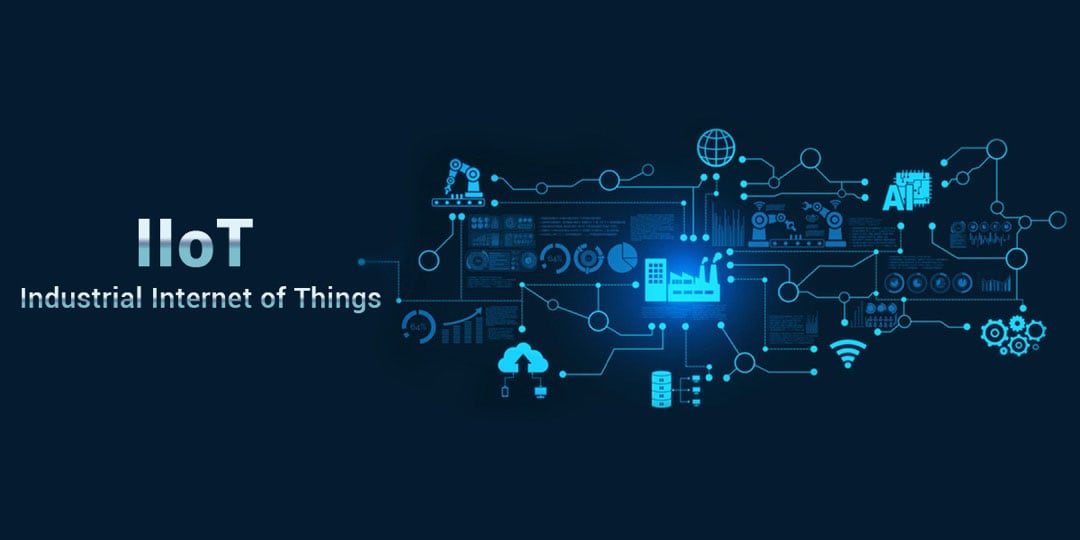
4. Building Automation and IoT Integration
Modern facilities are becoming smarter thanks to IoT devices that control lighting, HVAC, access control, and environmental sensors. These systems require reliable power and consistent network connectivity, exactly what PoE delivers.
PoE makes it easy to power and connect these devices throughout the building without having to run separate power lines.
Where It’s Used:
- Smart lighting systems (motion-activated, dimmable, programmable)
- HVAC zoning and temperature sensors
- Badge-based entry systems and smart locks
- Environmental monitors (air quality, humidity, occupancy)
PoE turns buildings into intelligent ecosystems, enabling real-time monitoring, automation, and energy efficiency across entire facilities.
5. Digital Signage and Interactive Kiosks
From hospitals and airports to retail environments, digital signage and information kiosks are key tools for communication and engagement. But deploying them in locations without nearby power outlets can be costly.
Using PoE, you can power signage displays and touch-based kiosks with just an Ethernet cable, no need for electricians or new power circuits.
Benefits for Digital Signage:
- Simplified installation in lobbies, corridors, and public spaces
- Remote control and content updates over the network
- Lower installation and maintenance costs
- Clean and reliable power for continuous uptime
For businesses looking to communicate smarter, PoE offers a cost-effective, flexible solution.
Industry Trends Driving the Growth of PoE Technology
In 2025, several industry-wide trends are pushing Power over Ethernet into the spotlight. The rise of IoT integration, the rapid growth of cloud-managed devices, and the push for remote monitoring and automation are making traditional power solutions inefficient and costly. Businesses are shifting to smart infrastructures, where lighting, sensors, access control, and even HVAC systems are all connected to the network. With sustainability also becoming a higher priority, PoE’s lower energy usage and streamlined infrastructure support greener building designs. Industries like healthcare, education, retail, and transportation are leading the charge, all seeking ways to power more devices, in more places, without increasing overhead. PoE meets that need by offering flexibility, centralized power control, and scalability, making it a core technology for future-ready operations.
PoE vs. Traditional Power: Which One Makes More Sense?
Comparing PoE to traditional power wiring is like comparing smartphones to landlines, one offers mobility, scalability, and simplicity, while the other relies on older limitations. Traditional power setups require electrical outlets near every device, complex wiring, and usually a separate electrician on site. PoE removes that friction by using existing Ethernet cabling to provide both power and data in one line. This significantly reduces material costs, installation labor, and deployment time. Plus, with PoE, you can centrally manage and back up your power using a single UPS, unlike traditional setups that require localized protection. The result is a network that’s easier to maintain, safer during outages, and far more adaptable to future device additions or relocations. For most modern applications, PoE just makes more operational and financial sense.
PoE Power Budgeting: How to Plan for Mixed Device Loads
Planning a PoE deployment isn’t just about counting ports, it’s about understanding your power budget across all connected devices. Not every device draws the same wattage: an IP camera may use 7W, a Wi-Fi 6 access point might need 30W, and a digital sign could draw up to 60W or more. To avoid unexpected shutdowns or overloaded switches, it’s essential to calculate the total available power (usually listed in watts) across the PoE switch or injector, then compare that against the maximum expected load. This becomes even more critical in mixed environments where different device types are sharing the same switch. A well-planned power budget ensures consistent performance, avoids system downtime, and leaves room for future growth. At Omnitron Systems, we help you choose the right equipment and configuration so your network stays balanced, efficient, and future-ready.
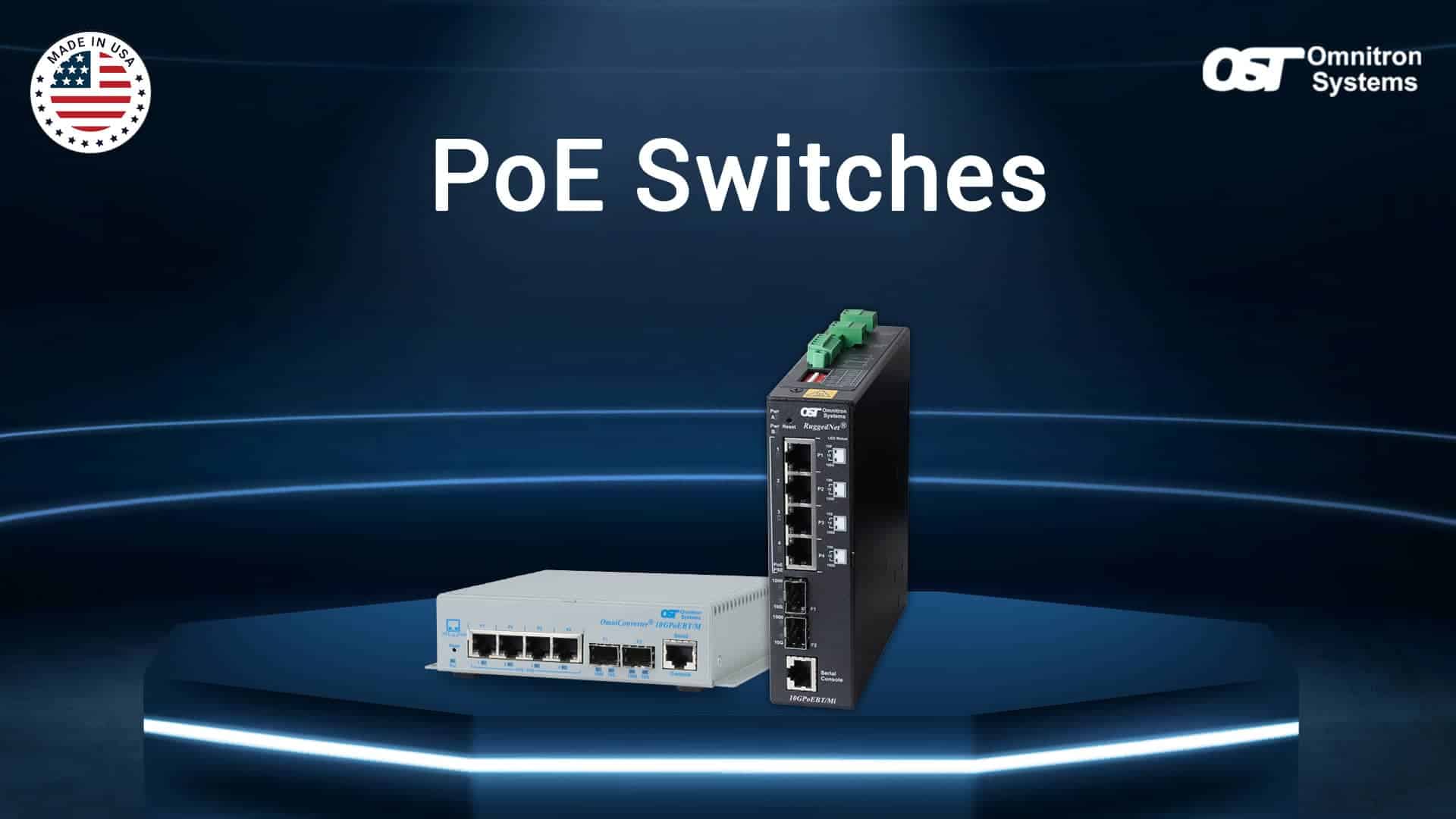
Why Choose Omnitron Systems for Your PoE Needs?
We’ve helped hundreds of businesses, from Fortune 500 companies to public utilities, roll out carrier-grade PoE solutions tailored to their exact needs. Omnitron Systems is known for:
- Industrial and enterprise-grade PoE switches, injectors, and extenders
- Compatibility with IEEE 802.3af/at/bt standards
- Custom configuration for unique deployments
- Reliable performance in harsh environments
- Made-in-USA support and engineering expertise
Whether you’re building smart cities, powering mission-critical devices, or future-proofing your network, we provide the tools and expertise to do it right the first time.
Frequently Asked Questions
Q: Can PoE support higher power devices like Wi-Fi 7 APs and smart LED panels?
Yes, with PoE++ (802.3bt), you can deliver up to 90W per port, enough for next-gen access points, LED lighting, and other high-demand devices.
Q: What type of cabling is needed for PoE deployments?
Cat5e, Cat6, or Cat6A cables are commonly used. For longer distances or higher power, Cat6 or Cat6A is recommended.
H3: Q: Is PoE safe for network devices?
Absolutely. PoE only delivers power when it detects a compatible device. Omnitron’s solutions are built with protection features to prevent overloads and short circuits.
Q: Can I add PoE to an existing non-PoE network?
Yes. Using PoE injectors or midspans, you can add PoE capabilities to your current infrastructure without replacing switches.
Q: Do you offer support with network design or deployment?
Yes, our engineers provide consultation, network planning, and even custom configuration, especially helpful for complex or large-scale PoE networks.
Get Started with PoE the Right Way
PoE is more than just a convenience, it’s a smart investment for any modern infrastructure. It reduces installation complexity, cuts costs, and enables smarter systems for businesses in every industry.
At Omnitron Systems, we help you build robust, scalable PoE networks that power your success.
Let’s talk about your PoE needs. Contact our team today for a free consultation or quote.

